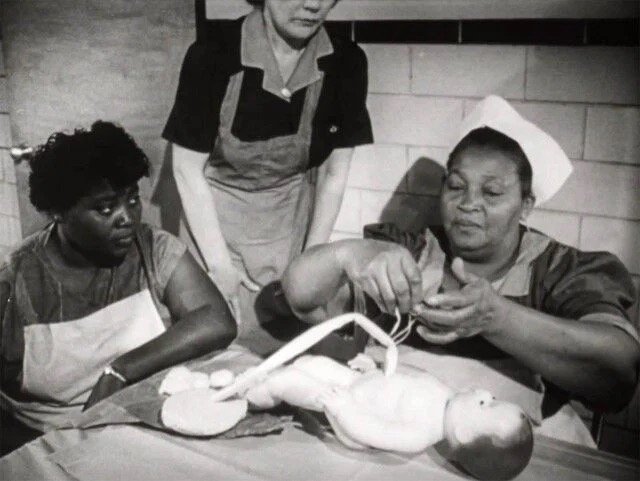History of Midwifery
What Is A Midwife?
A Midwife provides medical care throughout pregnancy, labor, birth, and the postpartum period. Midwives are the primary healthcare providers who assist you during a natural birth if difficulties don't emerge at home or birth centers. They perform gynecological exams, administer medication, monitor the mother and baby for issues, and offer medical advice to the woman related to her pregnancy and baby. If you decide to give birth at home or a birth center, you cannot receive induction (Pitocin, Cervidil, or Cytotec) or an epidural, but the midwife can come to the hospital with you.
Origins of Midwifery
There are midwives in every country and a part of every culture on Earth:
The profession of midwifery dates back to the Paleolithic period (40,000 B.C. ), when women were forced to give birth in difficult and frequently dangerous circumstances. Based on knowledge and abilities they learned from observing other mammals, women supported themselves during childbirth.
Indigenous cultures worldwide engaged in various birth rituals, many spiritual and rooted in herbal medicine and the natural environment.
From 3500 to 300 B.C., the Egyptian and Greco-Roman eras saw significant advancements in developing midwifery as an independent, scientific, and well-paid profession.
Women's empowerment throughout the biblical period (2,200–1,700 BC) in Europe and the Mediterranean significantly developed midwifery professionalism. But when the High Middle Ages (1,000–1,250 AD) arrived, female healers or midwives were viewed as heretics or witches.
For thousands of years, female midwives in China have provided care to expecting mothers using traditional Chinese medicine, such as qi, yin-yang, and wuxing.
Although women and expectant parents from all socioeconomic groups now have access to midwives, midwifery services have historically been provided only to the poor and deprived in Chile and Thailand.
Traditional midwives and other healers have played a significant role in medicine for ages all over Africa. Some African women were taken into slavery in the 17th century to learn and work as midwives.
Midwives were experts in feminine secrets; they performed abortions and assisted women in controlling their fertility and using their wombs, which was a lot of power and too much power from the men’s point of view. The catholic church in Europe wanted more authority over pregnant women's decisions. The first to insist that males take part in childbirth was the church. The Priest then learns of these allegations that women exhibit animalistic behavior and shout and yell. When the women gave birth, the men said they would transform into something males had never seen before.
Over time, they created a male midwife who transitioned and practices as an OBGYN. According to these OBGYNs', they consider that women should deliver their babies in a hospital. The white male physicians and public health nurses collaborated to produce this marketing campaign claiming that black midwives are unclean, unskilled, and untrained. Then, the public health nurses would hunt midwives down and figure out where they were located, and all midwives were made to go to the health department and surrender their licenses. They would report them and put them in jail if they were caught assisting with a birth.
Midwives are only involved in six to nine percent of births in the United States. The United States spends significantly more on maternity care than nations with considerably better outcomes because countries; like Britain, the Netherlands, and France make midwives central to women’s health. The U.S. healthcare system has an equivalent ratio of OB-GYNs per 1,000 births. However, there are 3 to 1 more midwives than OB-GYNs in those nations.
Ann Ledbetter, a certified nurse-midwife stated that having midwife employees allows doctors to focus on high-risk pregnancies while providing lower-risk pregnant women with more individualized care, extended visits, and psychosocial support. I think that is the best idea, so that the OBGYN’s can use their professions and use what they learn in all those years of school. About 32% of births take place by C-section in America. Suppose the United States would develop a higher midwifery integration into their healthcare systems. In that case, this will lead to better outcomes, such as decreased C-sections, preterm deliveries, and infant mortality rates. Midwifery care reduces expenses, improves outcomes, and enhances patient satisfaction. The hospital is on a timetable and sets goals for you, but they don't account for the fact that some women will be in labor for several hours or even a day. Every baby is going to be delivered on their time and should come to the earth-side safely.
